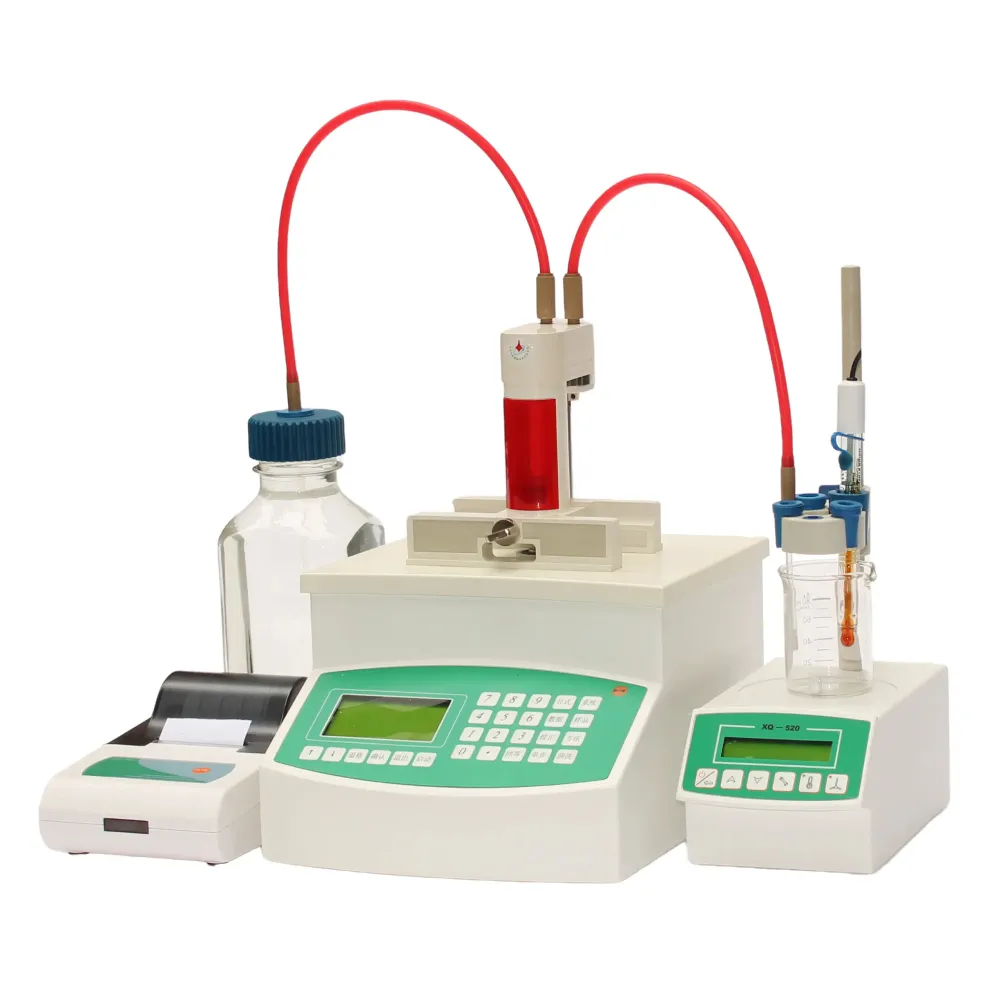 English
English


Dielectric Loss Measurement Device for High Precision Material Testing and Analysis
Understanding Dielectric Loss Testers A Key Tool in Electrical Testing
In the realm of electrical engineering, ensuring the reliability and performance of insulation materials is of paramount importance. One of the critical aspects of this evaluation is the measurement of dielectric loss. Enter the dielectric loss tester, a specialized instrument designed to assess the quality of insulating materials and diagnose potential issues in electrical systems.
What is Dielectric Loss?
Dielectric loss refers to the energy loss that occurs when an insulating material is subjected to an alternating electric field. This loss is primarily due to the inherent properties of the material, such as its polarizability and conductivity. Over time, as insulation ages or is exposed to harsh environmental conditions, its dielectric loss can increase, indicating deterioration. High dielectric loss can lead to insulation breakdown, resulting in equipment failure, short circuits, or electrical fires. Hence, monitoring dielectric loss is crucial for maintaining the integrity of electrical systems.
The Role of Dielectric Loss Testers
Dielectric loss testers are essential tools used by engineers and technicians to evaluate the dielectric strength of insulators. These testers measure parameters such as dissipation factor (DF) or power factor (PF), which serve as indicators of dielectric loss. By applying a high-voltage AC signal to the insulation material, the tester can analyze how much energy is dissipated as heat versus how much is stored in the electric field.
Types of Dielectric Loss Testers
There are several types of dielectric loss testers, each serving specific applications
1. Capacitance and Power Factor Testing These testers measure the capacitance and power factor of insulation systems. They are commonly used in factory acceptance tests, maintenance of electrical equipment, and quality control processes.
dielectric loss tester

2. Dissipation Factor Measurement This method involves applying a voltage to the dielectric material and measuring the angle difference between the voltage and current waveforms. The dissipation factor provides insights into the efficiency of the insulation.
3. Automated and Digital Testers Advances in technology have led to the development of automated and digital dielectric loss testers. These devices offer enhanced accuracy, data storage capabilities, and user-friendly interfaces, making them ideal for large-scale testing and analysis.
Benefits of Using a Dielectric Loss Tester
1. Preventative Maintenance Regular testing with a dielectric loss tester allows for proactive identification of potential insulation failures. By catching issues early, organizations can avoid costly downtime and extensive repairs.
2. Quality Assurance In manufacturing settings, dielectric loss testing ensures that insulation materials meet industry standards and specifications. This guarantees the performance and safety of electrical equipment.
3. Safety Assurance High dielectric loss can lead to electrical hazards. Regular testing helps ensure that insulation remains effective, protecting both equipment and personnel.
4. Documentation and Reporting Most modern dielectric loss testers come with the ability to store and analyze test data. This feature aids in maintaining records for compliance and future reference, facilitating better decision-making processes.
Conclusion
Dielectric loss testers are indispensable instruments in the field of electrical engineering, providing critical insights into the condition of insulating materials. By measuring dielectric loss, these testers help engineers ensure that electrical systems operate safely and efficiently. As technology advances, the capabilities of dielectric loss testers continue to improve, enabling more precise measurements and streamlined testing processes. Investing in regular dielectric loss testing not only enhances the longevity of electrical equipment but also safeguards against potential electrical failures, making it a cornerstone of effective electrical maintenance strategies.
-
Differences between open cup flash point tester and closed cup flash point testerNewsOct.31,2024
-
The Reliable Load Tap ChangerNewsOct.23,2024
-
The Essential Guide to Hipot TestersNewsOct.23,2024
-
The Digital Insulation TesterNewsOct.23,2024
-
The Best Earth Loop Impedance Tester for SaleNewsOct.23,2024
-
Tan Delta Tester--The Essential Tool for Electrical Insulation TestingNewsOct.23,2024





